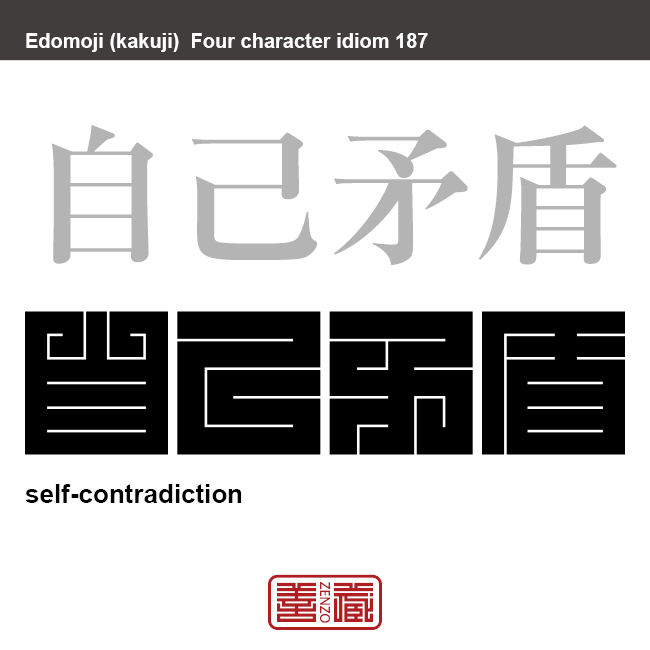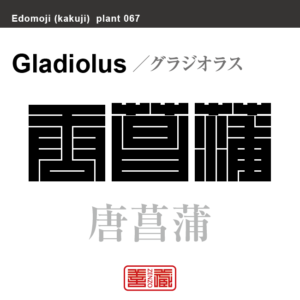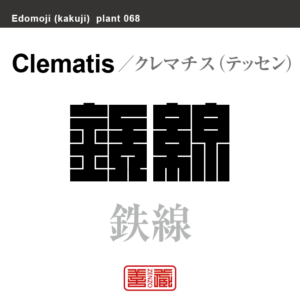自己矛盾 じこむじゅん 角字でことわざ、四字熟語

自己矛盾
じこむじゅん
Jiko-Mujyun
self-contradiction
Unicode: [自_0x81EA][己_0x5DF1][矛_0x77DB][盾_0x76FE]
自分自身の中で、論理や行動が食い違い、つじつまが合わなくなること。
「矛盾」は「矛」と「盾」のこと。二つの物事がくいちがっていて、つじつまが合わないことを指す。
語源は、昔、中国の楚の国で、矛 (ほこ) と盾 (たて) とを売っていた者が、「この矛はどんなかたい盾をも突き通す」「この盾はどんな矛でも跳ね返す」と誇っていたが、「では、お前の矛でお前の盾を突けばどうなる」と尋ねられて答えられなかったという「韓非子」難一の故事から、
角字とは?
江戸時代に誕生した角字は、正方形のグリッド内にほぼ水平・垂直のラインのみで文字(漢字)が表現されるグラフィックアートです。
正方形という限られた空間の中に、あらゆる文字を閉じ込めようとするグラフィックデザインは、前述した、ミニマムな物に対する日本人特有のこだわりが随所に感じられます。
そのシンプルで有りながら、奥深い「角字」は多くの日本人を魅了し、お祭りで着る半被や印半纏(しるしばんてん)と言われる着物や、商標、印鑑、家紋、看板デザインなどに今日まで数多く使用されてきました。
What is Kakuji?
There is a style of penmanship called “Kakuji” in Japan. Edo-born Kakuji is a graphicart that expresses letters (kanji) with almost horizontal and vertical lines only.
The design which bases on many straight lines seems simple, or too plain even at its first glance; yet this beautiful artistic penmanship that encompasses the aesthetic of the Japanese in the Edo era, also known as “Iki”, and playfulness has long been inherited to this day, thanks to the masteries’ long years of efforts in training and refinement.
Kakuji with its simplicity and depth is used for designs such as trademark, hanko stamp, family crest and signboard.































































 2文字コード:MZ 3文字コード:MOZ 数字:508 ITU:258 ccTLD:.mz
2文字コード:MZ 3文字コード:MOZ 数字:508 ITU:258 ccTLD:.mz







































































































































